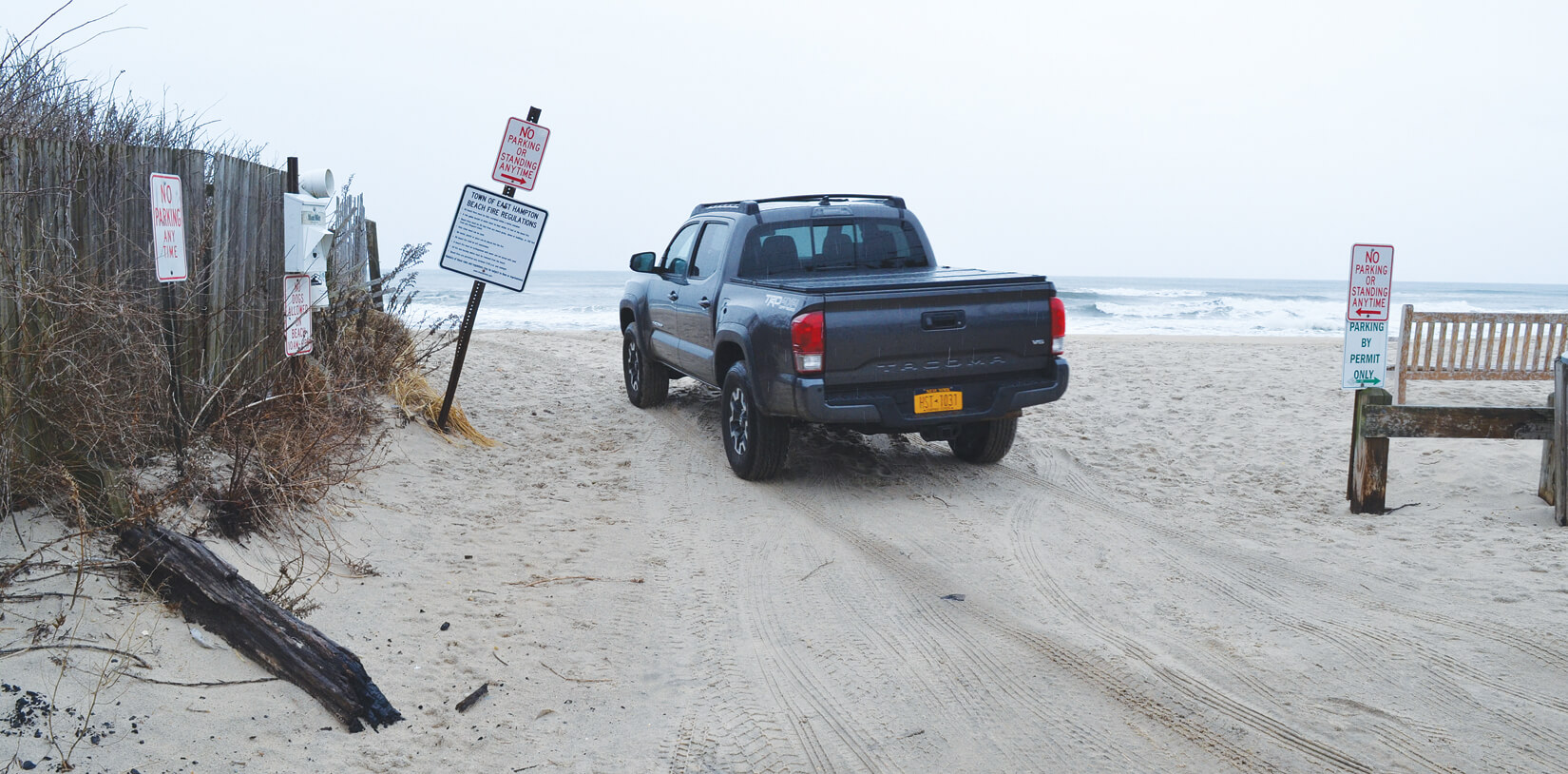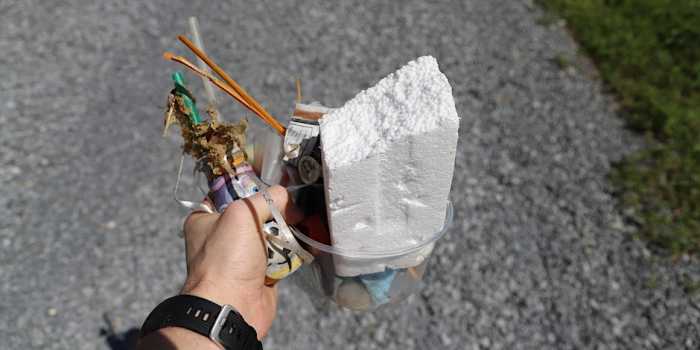Town Green Lighting Deepwater?

Si Kinsella is, he thinks, the first person in 34 years to be summarily dismissed from a Citizen’s Advisory Committee.
The reason, he said? “Just follow the money.”
Kinsella has been a vocal critic of the way the town has handled the PFC contamination in Wainscott hamlet, and wrote a scathing memo questioning why the town has been slow to formulate a cleanup plan to remove the PFOS and other chemicals from affected drinking water wells.
Kinsella also is concerned the Deepwater Wind project is being green lighted without sufficient environmental review. Deepwater plans to bring a cable carrying its offshore wind generated power onshore at the ocean beach on Beach Lane.
The CAC has no legal authority and serves at the pleasure of the East Hampton Town Board. Kinsella had been on the committee since 2016 and in 2017, his name was submitted for reappointment, along with the other 16 members, near the year’s end.
It was considered a formality—until a fellow board member noticed Kinsella’s name was taken off the list of 2018 members. The list was posted on the town’s website without CAC members or Kinsella knowing about the omission. He said he has yet to get an explanation, though town officials acknowledge they decided to replace him.
Deepwater Wind will need to bury its cable once it comes onshore, causing disruption on parts of nine roads in the hamlet as it wends its way up to a PSEG substation several miles way.
Kinsella thinks the town board intends to green light the Deepwater project because, according to its Summary of Community Benefits, Deepwater has promised that, “at the start of offshore construction, DWW [Deepwater Wind South Fork LLC] will contribute $1 million to establish a Wainscott Water Infrastructure Fund to be administered by the town.”
The town could use that money to start purging the chemicals from the water wells instead of breaking into its own coffers—and thus the delay in formulating its own cleanup plan, says Kinsella.
Kinsella wrote a lengthy letter to the town board members outlining his concerns about the Deepwater project in Wainscott. He has previously drawn rebuke from the town attorney’s office for missives expressing personal beliefs that could have been misconstrued as presenting the official position of the WCAC.
Late last year, he also had a spirited encounter at a town board meeting with then Town Supervisor Larry Cantwell that continued well beyond the three-minute time limit allowed for public commentary. Kinsella’s questioning of authority, some say, may provide insight into why he wasn’t reappointed to the WCAC.
Peter Van Scoyoc, who was on the board last year and is the East Hampton Town Supervisor, said Friday he had “no comment” about the Kinsella matter.
“There are political reasons why they want [Deepwater Wind] to go forward,” Kinsella said in an interview last Thursday. “The process can be more controlled in Wainscott. We are the smallest and least populated hamlet, so this is the dumping ground. They don’t want to deal with East Hampton Village.”
Though DWW initially suggested it would bring the cable ashore between the North and South Forks and into Napeague Bay, sentiment is growing that Wainscott has always been the preferred choice. Bonnie Brady, executive director, Long Island Commercial Fishing Association, suggested the original route was publicized because DWW knew fishermen would object. “It was a bait and switch,” she commented. “It was so they could say, ‘Look, we listened to the fisherman.’”
Kinsella concurred: “I believe Wainscott has been the first choice for a long, long time.”
“Deepwater has identified multiple landing sites on both the bay side and ocean beach. We have expressed that the bay side is a no go,” Van Scoyoc said via email. “I think it is safe to say they would prefer landing as close to the final cable destination (Cove Hollow substation) as possible.”
Van Scoyoc said the Wainscott beach is not the be-all, end-all. “If they don’t have town approval, they would continue to pursue landing at the state beach in Napeague.”
Both Kinsella and Brady think DWW wants to hurry through the process and set the price on the power being generated from the offshore facility as soon as possible.
“Right now, it is about 20 cents per kilowatt hour (kWh). They know new technology will be available. The bidding in Europe starts at 12 cents per kWh,” Kinsella said. “The cost [to ratepayers] will go up but their price goes down. That’s why it’s being pushed. They will make a fortune.”
Van Scoyoc said the board has no timetable in mind while considering the project.
Arthur French, a Wainscott resident, has also been openly critical of the town’s handling of the water contamination problem.
“The town bonded $4 million for affordable housing. They bonded $3.1 million to pave a runway. They are moving the tower at the airport. Where is the bonding to clean out water wells?”
French said he is also opposed to the DWW plan. “It’s going to be a mess just so some deep pockets can make money off the tax credits.”









